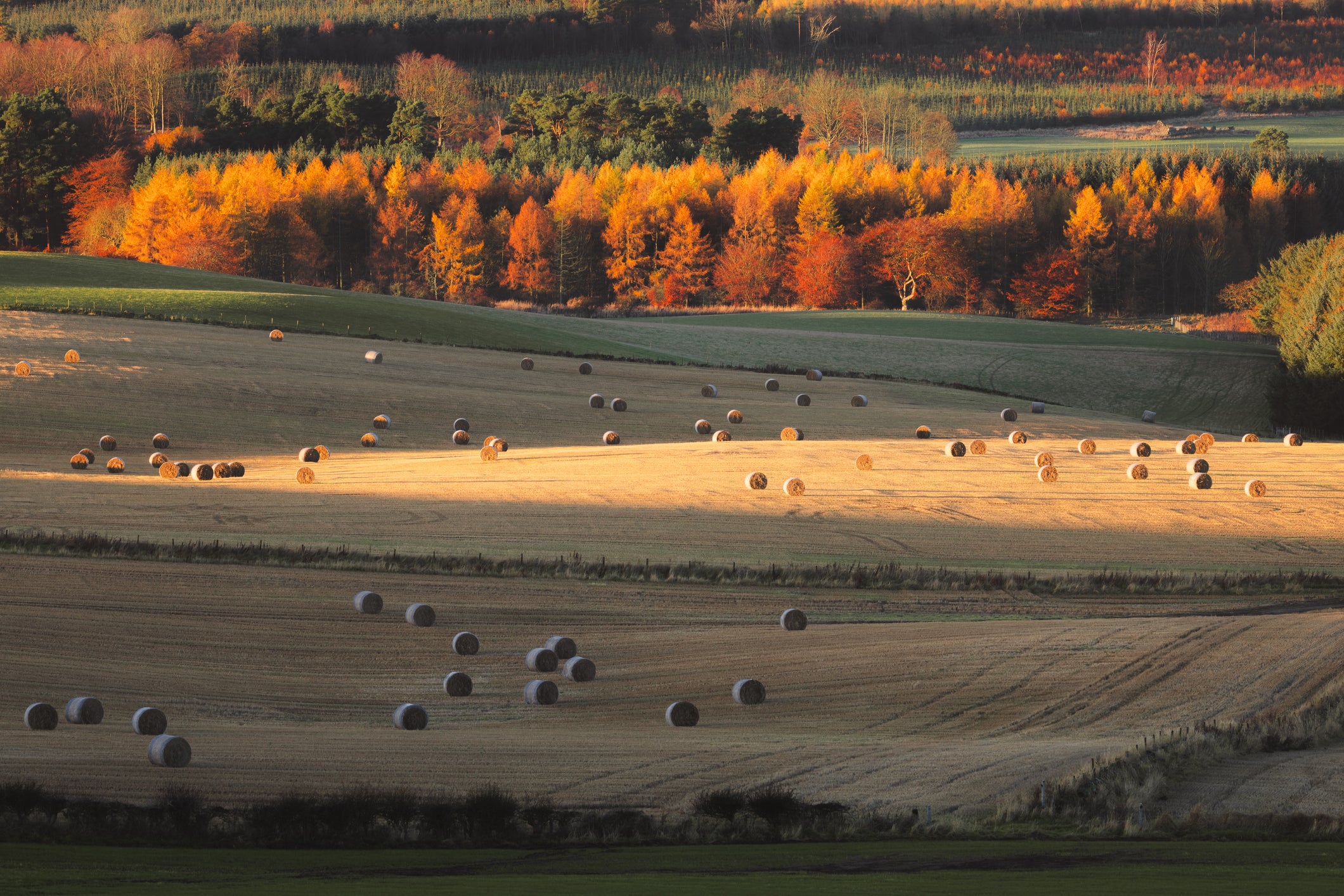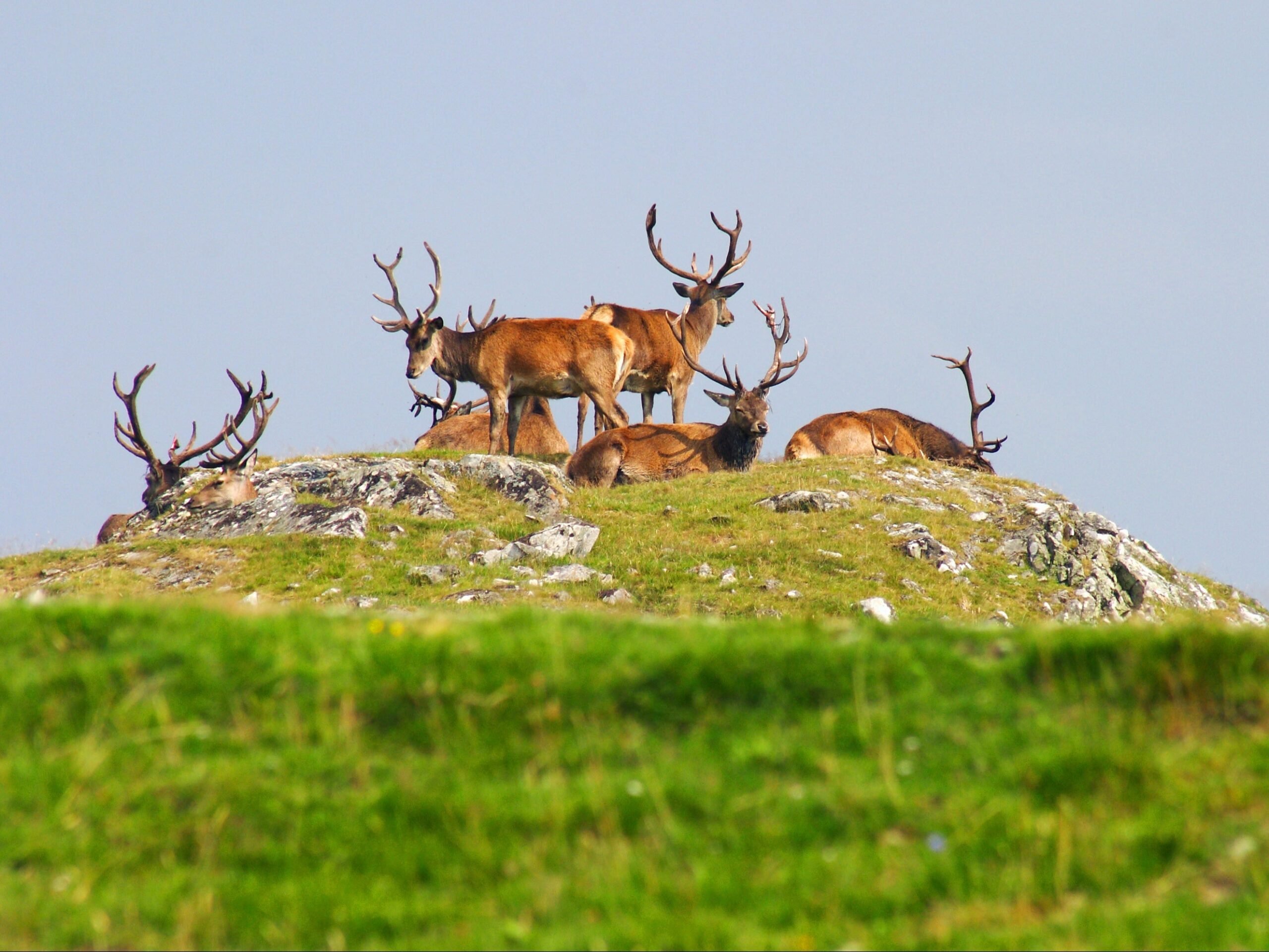A summer of sun followed by a spell of rain has set the UK up well for a bright and colourful autumn, as a bumper crop of acorns, conkers and berries arrives across the country.
National Trust experts have called it a “mast year”; a crop phenomenon occurring once every four years in which certain trees produce an abundance of nuts and berries.
John Deakin, head of trees and woodland at the organisation, said: “In recent years, with the climate becoming more unpredictable, it’s become even trickier to predict autumn colour.
“However, this year with the combination of reasonably widespread rainfall in September and a particularly settled spring we should hopefully see a prolonged period of trees moving into senescence…which leads to the revealing of other pigments that give leaves their autumn colour, as well as a bounty of nuts and berries.”

Several parks and gardens had initially entered a “false autumn” due to the summer’s dry period, but Steve Feazey, Sheffield Park and Garden’s head gardener, said: “Our trees have had a good drink and we are now hopeful that our autumn display will be as fiery and spectacular as ever.”
Mr Feazey said cold and frosty nights in the upcoming weeks will also help to bring out the orange colours.
Petworth House and Park in West Sussex also reported a false start to its autumn, but says the autumn colours have now arrived alongside a bountiful crop of corns, chestnuts, and beech nuts.
Professor Jane Memmott, an ecologist from the University of Bristol, said there was a huge pulse of nutrients coming into the ecological systems with acorns and sweet chestnuts being particularly abundant this summer.
She said the UK can see a set of conditions that creates the right environment for this to happen, allowing for more crops to germinate and giving animals plenty to feed on during the season as well. “People tend to think about all the birds and all the mammals but there’s a whole slew of insects that feed on the seeds as well,” she said.

In September, the National Trust said the weather conditions also brought a bumper crop of apples, squash, and pumpkins.
Experts say the hot summer even affected drinks, making the grapes, berries, and apples sweeter, while strengthening the alcohol content in cider and wine.
Bartosz Pinkosz, the operations director of The Summer Berry Company in West Sussex, said: “We’ve seen an exceptional abundance of strawberries this year – large, sweet and full-flavoured thanks to the continual sunshine and cool nights that let the plants rest and develop steadily.”
